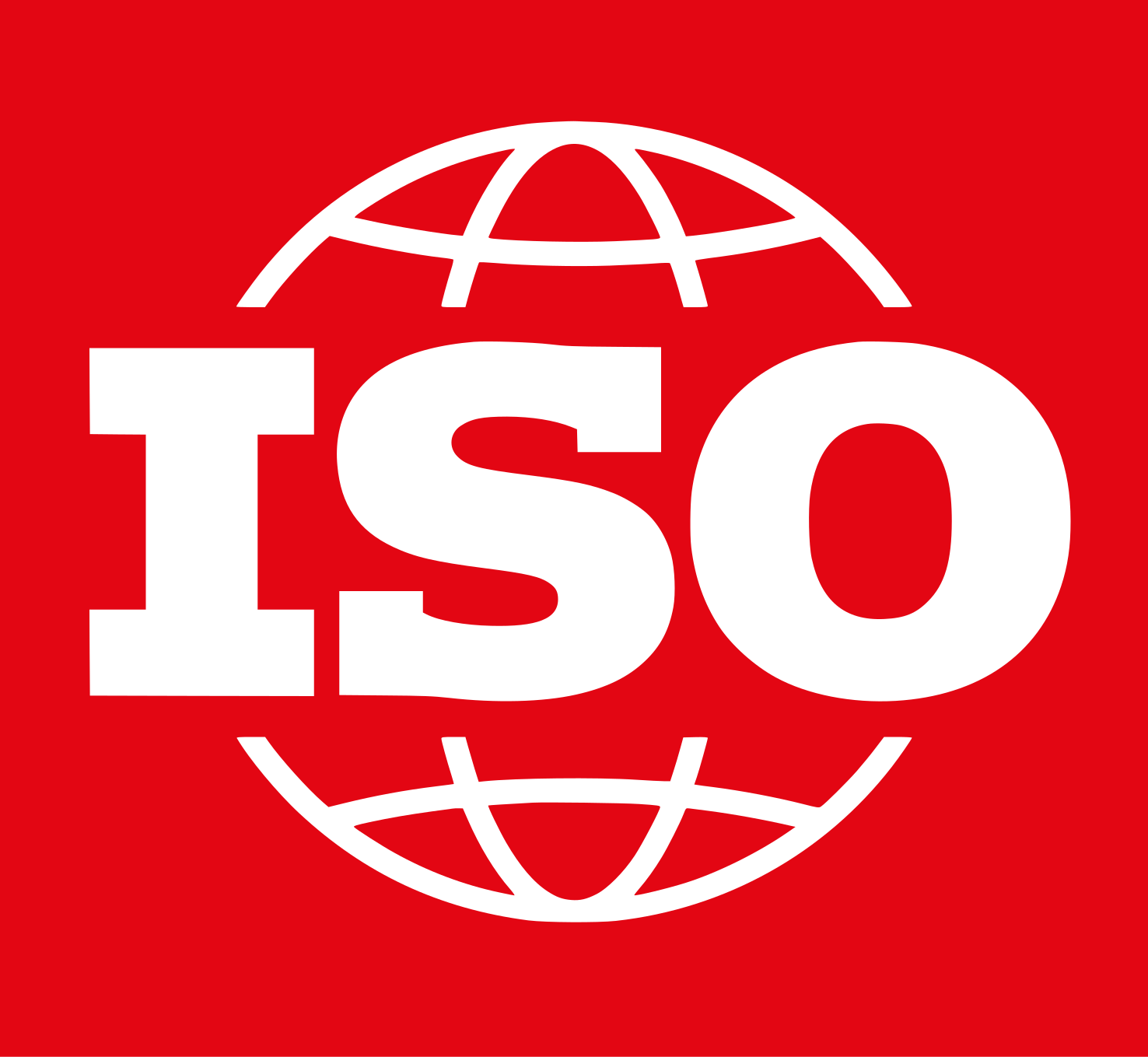Ergonomics of human-system interaction - Part 920: Guidance on tactile and haptic interactions
ISO 9241-920:2009 gives recommendations for tactile and haptic hardware and software interactions. It provides guidance on the design and evaluation of hardware, software, and combinations of hardware and software interactions, including: the design/use of tactile/haptic inputs, outputs, and/or combinations of inputs and outputs, with general guidance on their design/use as well as on designing/using combinations of tactile and haptic interactions for use in combination with other modalities or as the exclusive mode of interaction; the tactile/haptic encoding of information, including textual data, graphical data and controls; the design of tactile/haptic objects, the layout of tactile/haptic space; interaction techniques. It does not provide recommendations specific to Braille, but can apply to interactions that make use of Braille. The recommendations given in ISO 9241-920:2009 are applicable to at least the controls of a virtual workspace, but they can also be applied to an entire virtual environment — consistent, in as far as possible, with the simulation requirements.

ISO 9241-920:2009
https://www.iso.org/standard/42904.html

